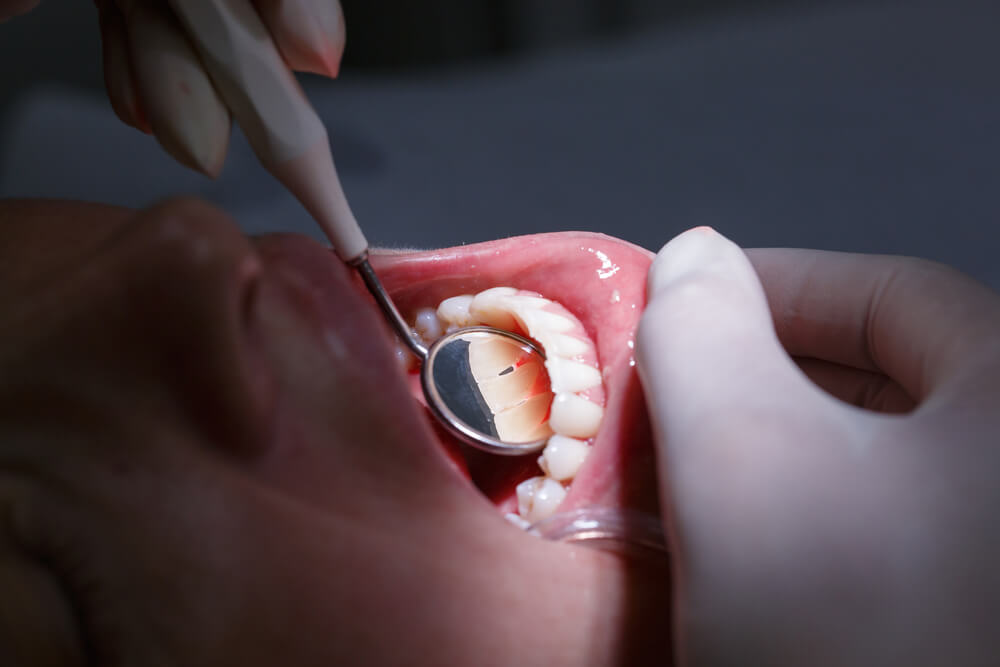Gum health is crucial for maintaining a healthy smile, but many people are unaware of the risks posed by receding gums. This condition can lead to increased sensitivity, tooth decay, and even tooth loss if not addressed promptly. Understanding the causes and available treatment options for receding gums is essential for preventing further damage and maintaining your oral health. In this article, we’ll explore the key factors behind receding gums and provide insights into the most effective treatments available.
What Are Receding Gums?
Receding gums occur when the gum tissue surrounding your teeth pulls back, exposing more of the tooth or its root. This condition can make your teeth look longer and often results in gaps forming between the teeth and gums, where harmful bacteria can build up. If left untreated, receding gums can cause significant damage to the supporting bone structure of the teeth.
Causes of Receding Gums
There are several reasons why your gums might recede. Understanding these causes can help you prevent the problem or identify it early, when treatment is most effective.
Poor Oral Hygiene
One of the most common causes of receding gums is poor oral hygiene. If plaque and tartar are not removed regularly through brushing and flossing, they can cause gum inflammation, leading to gum disease, which is a primary factor in gum recession. Over time, gum disease can weaken and destroy the gum tissue.
Aggressive Brushing
Ironically, brushing your teeth too hard can also contribute to gum recession. When too much pressure is applied while brushing, the enamel on your teeth can wear down, and the gums can recede. It’s important to use a soft-bristled toothbrush and gentle circular motions when cleaning your teeth to avoid this issue.
Gum Disease
Periodontal disease, also known as gum disease, is a major cause of receding gums. This infection affects the gums and the structures that support your teeth, leading to inflammation, damage, and eventual gum recession if left untreated. Periodontal disease is often the result of poor oral hygiene but can also be influenced by genetic factors.
Tobacco Use
Tobacco use, whether smoking or chewing, is another significant risk factor for receding gums. Tobacco products can damage the gum tissue, making it more susceptible to recession and increasing the likelihood of developing gum disease.
Hormonal Changes
Fluctuations in hormone levels, particularly in women, can make gums more sensitive and vulnerable to recession. Pregnancy, menopause, and even menstrual cycles can increase the risk of gum issues, including receding gums.
Symptoms of Receding Gums
It’s important to recognize the signs of receding gums early on to seek treatment before the condition worsens. Common symptoms include:
- Sensitivity to hot or cold temperatures
- Visible lengthening of teeth
- Gaps forming between the teeth and gums
- Bleeding after brushing or flossing
- Bad breath that doesn’t go away
If you notice any of these symptoms, it’s essential to consult your dentist as soon as possible.
Treatment Options for Receding Gums
Fortunately, there are several treatment options available for receding gums. The right course of action depends on the severity of the condition and the underlying causes.
Scaling and Root Planing
For mild cases of receding gums, your dentist may recommend scaling and root planing. This deep cleaning procedure removes plaque and tartar from below the gum line and smooths the root surfaces of the teeth, encouraging the gums to reattach. It’s an effective treatment for gum disease and can prevent further gum recession.
Gum Grafting
In more advanced cases of gum recession, a gum graft may be necessary. This surgical procedure involves taking tissue from another part of your mouth, usually the roof of the mouth, and attaching it to the affected area. Gum grafting can restore lost gum tissue, protect exposed roots, and improve the overall appearance of your smile.
Pinhole Surgical Technique
The pinhole surgical technique is a minimally invasive procedure used to treat receding gums. Instead of grafting tissue, this technique involves creating a small hole in the gum tissue and using special instruments to gently reposition it over the exposed tooth roots. This option is less invasive than traditional gum grafting and has a shorter recovery time.
Desensitizing Treatments
If your receding gums have caused increased sensitivity, desensitizing treatments such as fluoride varnishes or desensitizing toothpaste can help manage discomfort. These treatments work by reducing the sensitivity of the exposed tooth roots and strengthening the enamel.
Preventing Further Gum Recession
While treatments can address receding gums, prevention is always the best approach. Here are some steps you can take to reduce your risk:
- Practice good oral hygiene: Brush twice a day with a soft-bristled toothbrush, floss daily, and visit your dentist regularly for professional cleanings.
- Avoid aggressive brushing: Be gentle when brushing your teeth to prevent gum damage.
- Quit tobacco: Stopping tobacco use can improve your gum health and prevent further gum recession.
- Address gum disease early: If you notice signs of gum disease, such as bleeding gums or persistent bad breath, seek treatment from your dentist promptly.
Conclusion

Receding gums can lead to serious dental problems if not treated early. By understanding the causes, symptoms, and treatment options available, you can take proactive steps to protect your oral health. Whether it’s improving your oral hygiene habits or seeking professional dental care, addressing gum recession early can make all the difference in maintaining a healthy smile.
For expert advice and treatment options, contact Indian Trail Dental Studio today to schedule an appointment.


